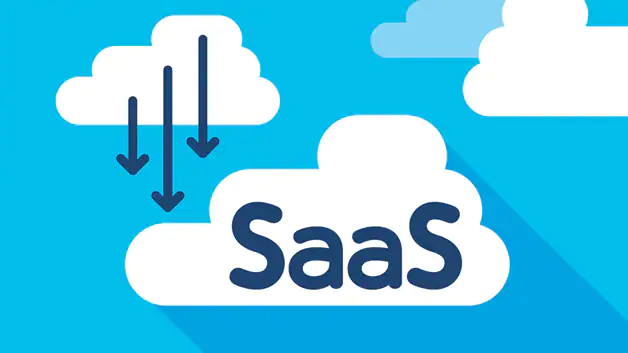Introduction:
In today’s digital landscape, Software-as-a-Service (SaaS) has become a popular model for delivering software applications over the internet. As businesses increasingly rely on SaaS solutions, ensuring optimal performance is paramount. In this comprehensive guide, we will explore what SaaS performance entails, why it is crucial, and how to optimize it for a seamless user experience.
Understanding SaaS Performance:
SaaS performance refers to the speed, responsiveness, and reliability of a SaaS application. It encompasses various factors, including the application’s ability to handle user requests, deliver data in a timely manner, and maintain uptime during peak usage. Performance directly impacts user satisfaction, productivity, and the success of SaaS providers.
Key Factors Affecting SaaS Performance:
- Network Latency: The time it takes for data to travel between the user’s device and the SaaS provider’s servers significantly impacts performance. Higher network latency can result in slower response times, affecting user experience.
- Scalability: SaaS applications must scale seamlessly to accommodate varying user loads. Scalability ensures consistent performance even during periods of high demand, preventing slowdowns and system crashes.
- Server Infrastructure: The underlying server infrastructure, including hardware and software components, plays a vital role in SaaS performance. Robust infrastructure ensures efficient processing and data storage, minimizing latency and improving response times.
- Application Design and Architecture: Well-designed SaaS applications with efficient coding practices and optimized architecture contribute to better performance. Proper resource management, caching, and data retrieval strategies can enhance the overall user experience.
Optimizing SaaS Performance:
- Comprehensive Monitoring: Implement robust monitoring tools to continuously measure and track key performance metrics. This includes response times, server health, and user experience data. Monitoring provides insights into performance bottlenecks and helps identify areas for improvement.
- Load Testing: Conduct regular load testing to assess how the SaaS application performs under different user loads. By simulating real-world scenarios, load testing helps identify performance thresholds, scalability limitations, and potential bottlenecks. Utilize load testing tools to simulate concurrent user loads and analyze performance metrics.
- Network Optimization: Minimize network latency by leveraging Content Delivery Networks (CDNs), which cache and deliver static content from edge servers closer to the user’s location. Additionally, implement efficient data compression techniques to reduce data transfer time.
- Performance Tuning: Analyze the application’s code, database queries, and server configurations to identify areas that can be optimized. Optimize resource-intensive operations, enhance caching mechanisms, and fine-tune database queries to improve overall application performance.
- Scalability Planning: Proactively plan for scalability to ensure the application can handle future growth. Implement horizontal scaling by distributing the workload across multiple servers and utilizing load balancers. Cloud-based solutions, such as auto-scaling, enable dynamic resource allocation based on demand.
- Continuous Improvement: Performance optimization is an ongoing process. Regularly review monitoring data, user feedback, and performance test results to identify areas for further improvement. Continuously refine and optimize the application to meet evolving user expectations.
Conclusion:
SaaS performance is a critical aspect of delivering a seamless user experience and ensuring the success of SaaS applications. By understanding the factors influencing performance and implementing optimization strategies, SaaS providers can deliver high-performing applications that meet user expectations. Regular monitoring, load testing, network optimization, performance tuning, scalability planning, and continuous improvement are key components of optimizing SaaS performance.
As the demand for SaaS solutions continues to grow, it becomes increasingly important to prioritize and invest in SaaS performance. By focusing on delivering fast, reliable, and scalable applications, SaaS providers can build trust, retain customers, and gain a competitive edge in the market. Understanding SaaS performance is essential for businesses, whether they rely on off-the-shelf solutions or engage in white label SaaS development.
Remember, optimizing SaaS performance is an ongoing effort. Continuously monitor, test, and refine your application to ensure it delivers the performance required for a superior user experience. While optimizing SaaS performance is crucial for delivering a seamless user experience, it’s equally vital for SaaS providers to prioritize security. SaaS Security Posture Management Solution plays a key role in ensuring the security and compliance of SaaS applications. By implementing robust monitoring, regular assessments, and adherence to security best practices, SaaS providers can offer not only high-performing applications but also safeguard sensitive data and maintain user trust in an ever-evolving digital landscape

